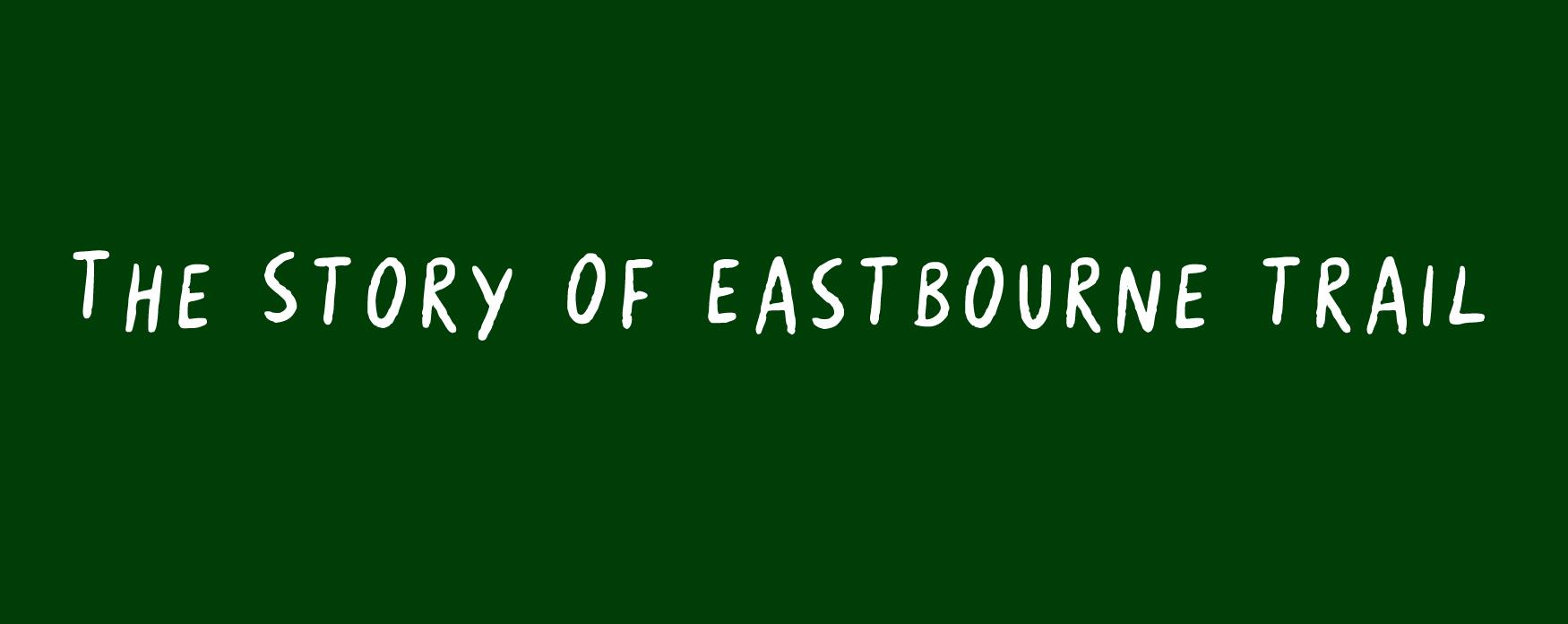You are here: Home > Heritage > Projects > Story of Eastbourne Trail > Bronze Age Pottery
This fragment of Bronze Age Pottery was made from clay dug from the ground beneath your feet at least 3000 years ago. The complete pot would have been used for cooking. If you look closely, you can see the fingerprints of the person who made it.
In 1995, the area we now call Shinewater Marsh was undergoing a huge change. For around 800 years this flat area of land, known locally as the Willingdon Levels and stretching between Polegate and Eastbourne, had been used as farmland. Plans to construct a landscaped park, school and major road improvements led to some very unexpected discoveries.
Works to create a lake revealed dozens of upright wooden posts buried a meter beneath the ground and surrounded by other timbers and scatters of bone and pottery. This structure became known as the platform.
The Platform was an area at least 2000m2, around the same size as half a football pitch created by driving oak posts almost 1.4m deep into the ground to secure in place a series of horizontal timbers, in turn covered with smaller rods of wood such as hazel. On top of this platform were layers of reeds or rush matting and patches of sand and silty clay, maybe used as a floor covering or surface to live on. On this matting at least three raised hearths or fireplaces were discovered, these looked like clay mounds around 20cm deep covered with burnt material. Covering all this was a band of dark, silty, soil full of pottery, animal bones and other artefacts. We call this the Cultural Layer.
Later that year, during a cold and wet winter another area of wooden posts was investigated prior to road building. This excavation lasting just 8 weeks, revealed the massive remains of a timber causeway up to 6 meters wide and over 250 meters long. This seemed to link the platform to the higher ground in the south-west and was far larger and more complex than other similar structures found elsewhere in Britain.
The Trackway was a massive timber construction up to 6m wide and 250m long, linking the Platform to the higher ground in the west. It appears to be a kind of causeway providing support over the wetter or more uneven patches of marsh. It was built using three parallel rows of upright oak posts driven deep into the ground to secure horizontal timbers (some up to 3.5m long) and smaller pieces of wood that sat on the ground surface. Next to this was a path made of thin roundwood pieces laid into deposits of sand.
An investigation of these finds revealed them to be the superbly preserved remains of Bronze Age structures hidden for over 3000 years.
Inspiration
 Bronze Age Reaping Hook found in Shinewater
Bronze Age Reaping Hook found in Shinewater
The Beachy Head Story, Beachy Head Road, Eastbourne BN20 7YA
Tel: 01323 729926
© Eastbourne Borough Council 2025. All Rights Reserved










